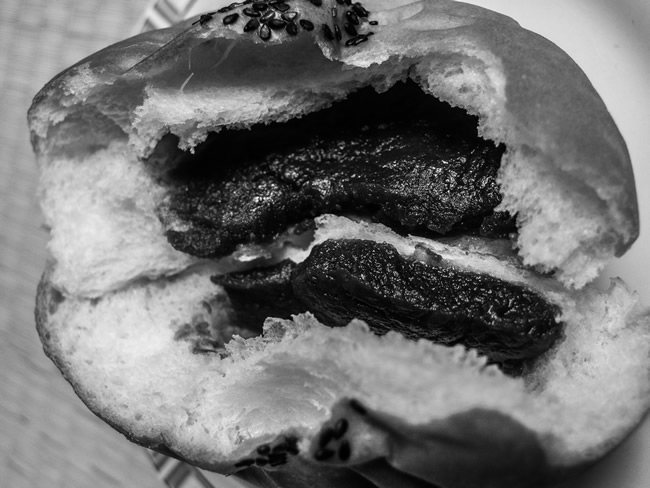
One hundred letters about one hundred subjects and I still feel –without the least bit of exaggeration- that I have done a little more than scratch this country’s surface. For example, thinking a subject fitting for this anniversary letter, I came to realize that it has been almost two years and I have yet to write about the omnipresent anko (餡子), the undisputed king and protagonist of Japanese confectionery. I doubt there exists even one foreigner who hasn’t bitten a wagashi (和菓子) Japanese sweet, thinking that its dark filling was chocolate and wasn’t surprised to find out that what they were eating was sweet but also acrid and that its texture was closer to that of a bean than one of the countless permutations of cocoa. And whose surprise didn’t become bigger when the Japanese who offered it confirmed that it was indeed, bean paste.
The bean is called “azuki” (小豆) and although the Japanese have been eating it for six thousand years, since the time their ancestors were decorating their clay figurines with a rope pattern (hence the name “Jomon”/ 縄文 or “rope motif” used for Japan’s prehistoric period) it can be found in almost all countries west of the Himalaya. And in almost all these countries it is used basically in the same way: it is boiled with sugar or honey, mashed less or more and is put as filling in sweets made from either pounded rice or some kind of dough. And if this sounds somewhat limited, the Japanese confectioners’ imagination came up with hundreds of variants –almost as many as those of chocolate which came to Japan later than the rest of the world (yes, it is one more change among the many credited to the Emperor Meiji).
However popular chocolate might have become (and especially after WW II that is a lot!) it never managed to dethrone azuki and anko. One of the most popular and long-lived manga heroes is Anpanman, a superhero whose head is an anpan (あんパン), a sweet roll with anko filling still considered one of the children’s favorite delicacies, the various daifuku (大福餅) and nerikiri (煉り切り), also with an anko heart are an indispensable part of the so-called “tea ceremony” to soften the bitterness of macha tea, there are countless variations of the manju (まんじゅう) rice cake all invariably filled with anko and in every neighborhood there is a shop baking small human-shaped ningyo-yaki (人形焼き) or fish-shaped tai-yaki (鯛焼) dough cakes, oozing with the steaming red paste. And no, the above aren’t enough to exhaust the subject of anko –in the same way that these one hundred letters aren’t enough to exhaust the subject of Japan.
Grigoris A. Miliaresis is a journalist and translator. He has worked for many newspapers, magazines and publishing houses and specializes in the Internet, the martial arts and Japan where he has been living for the last few years.